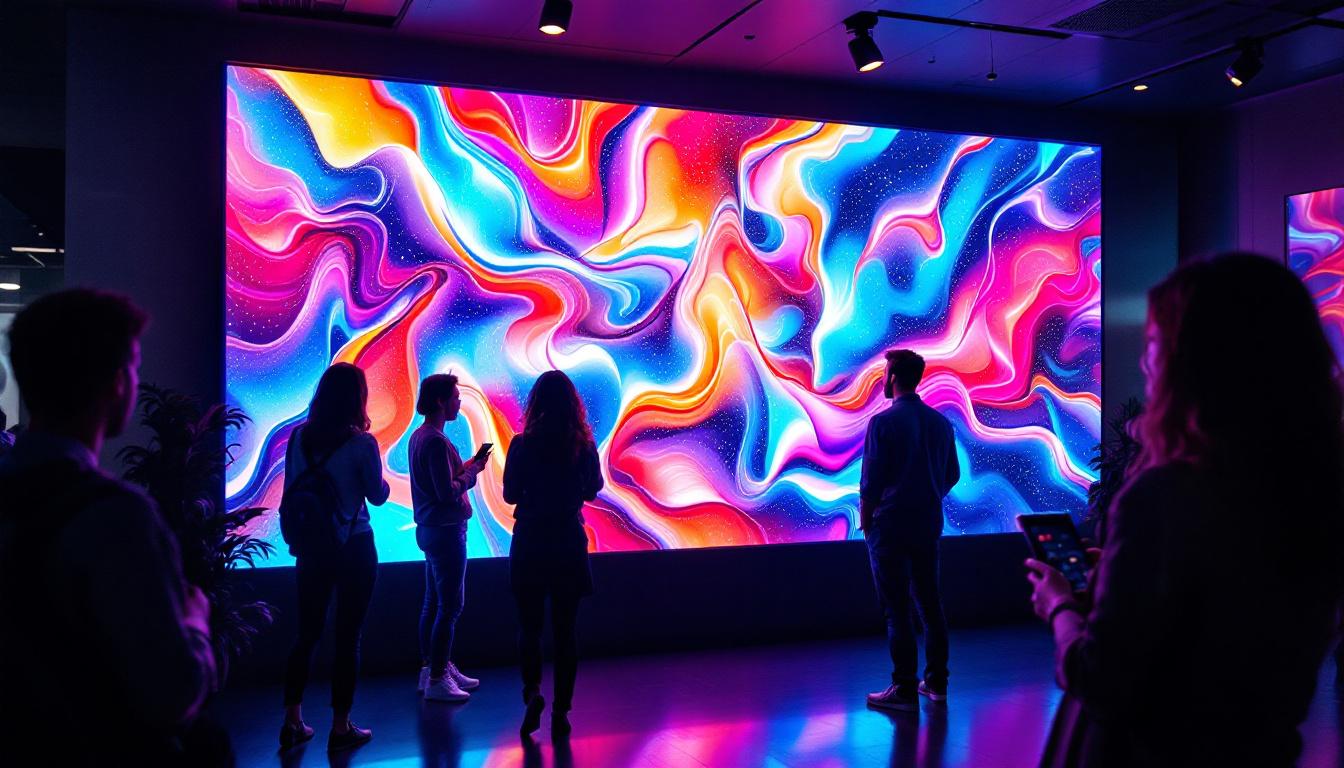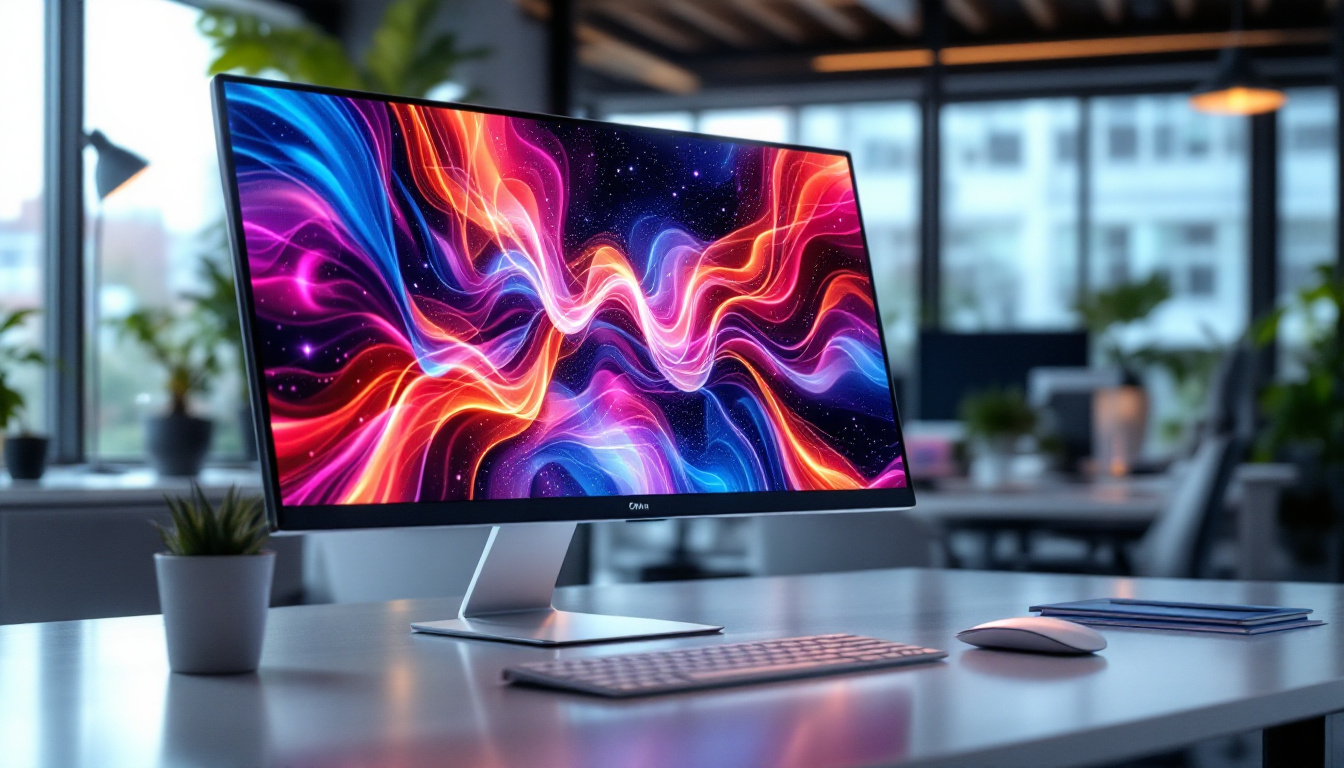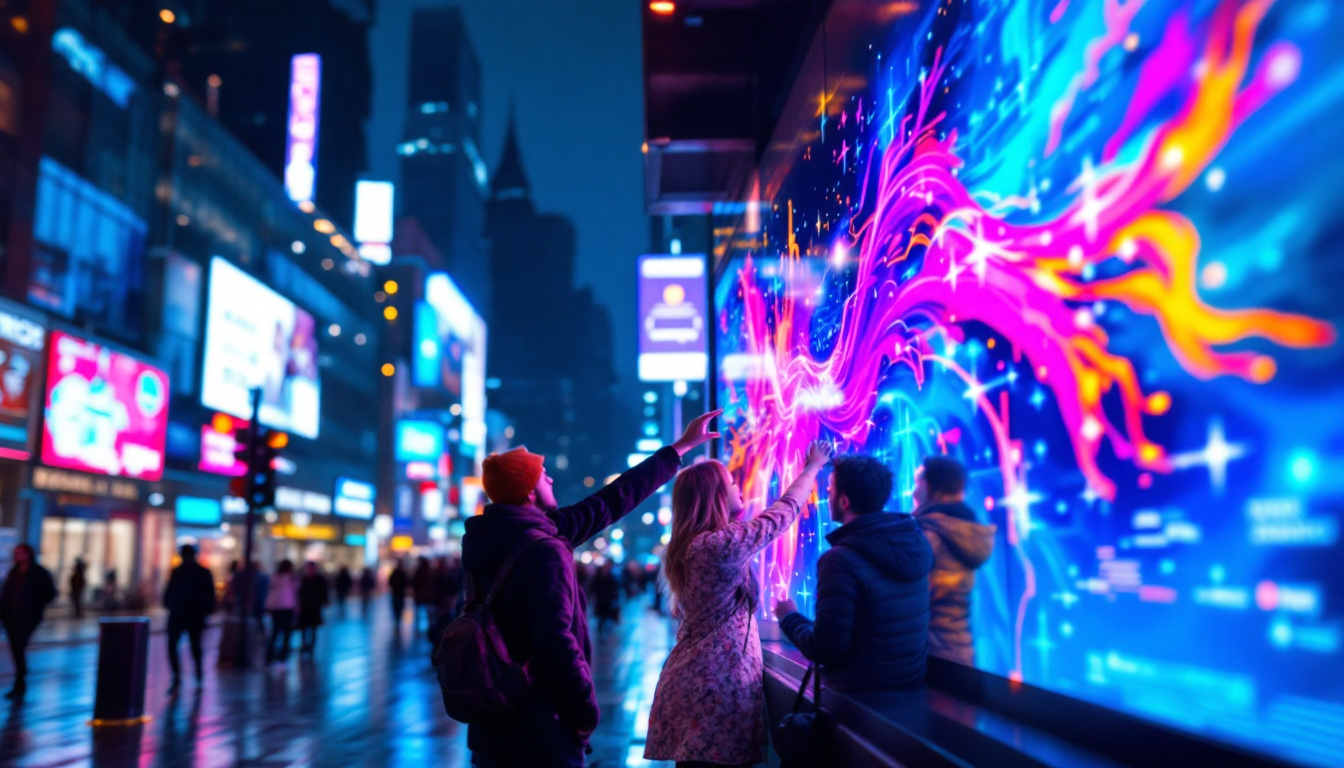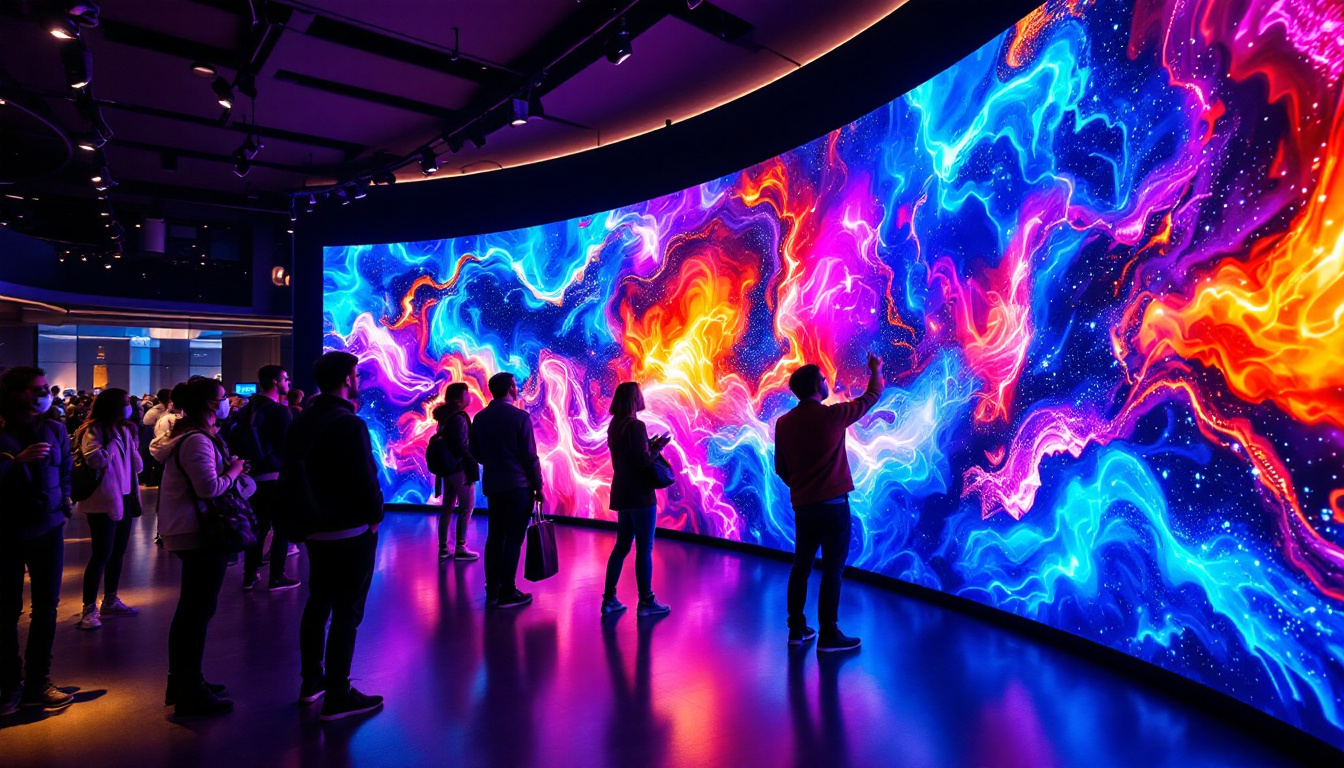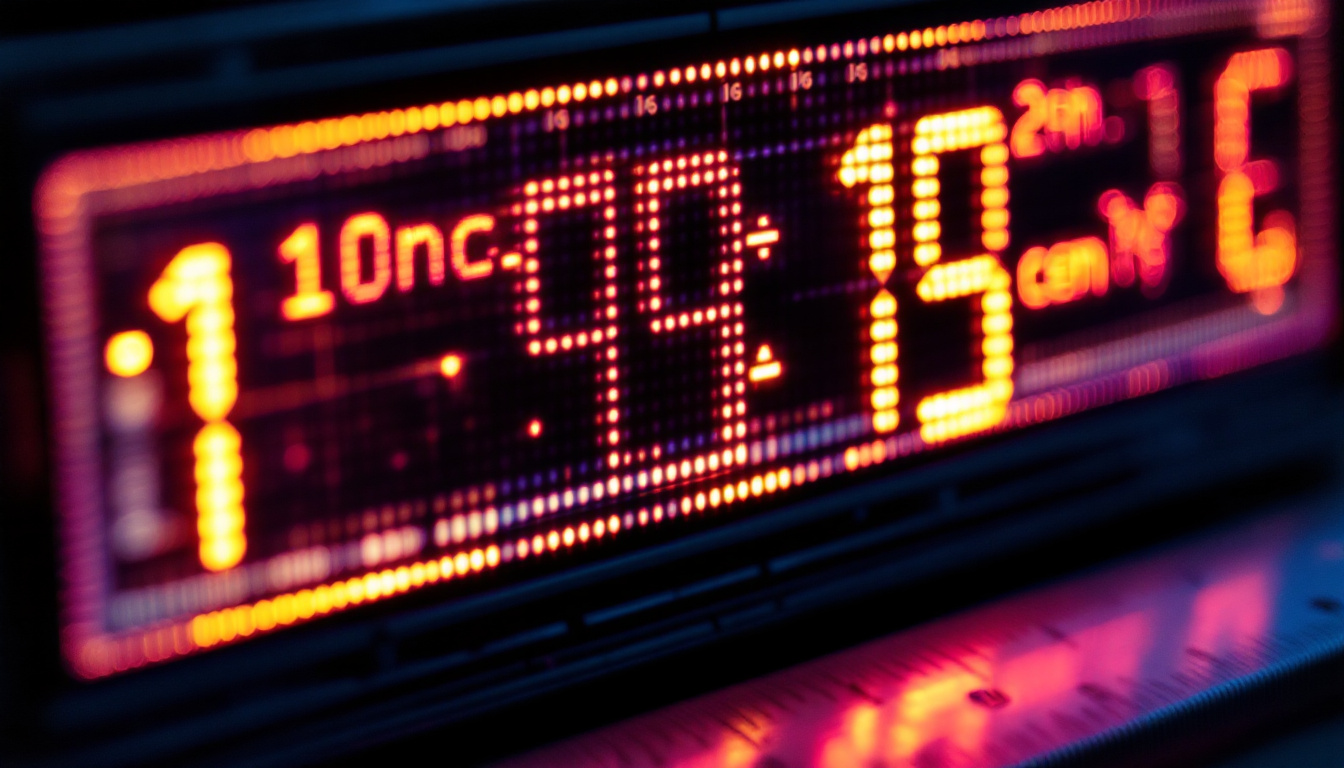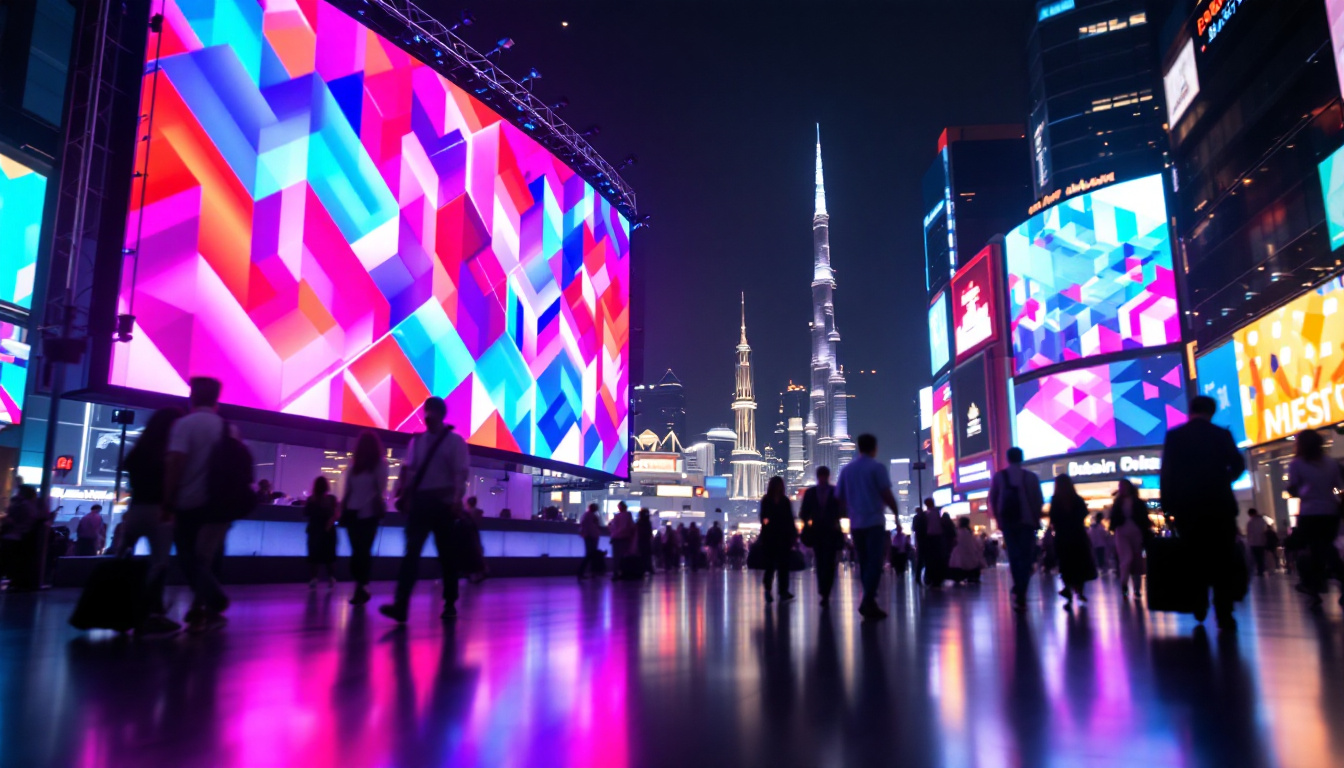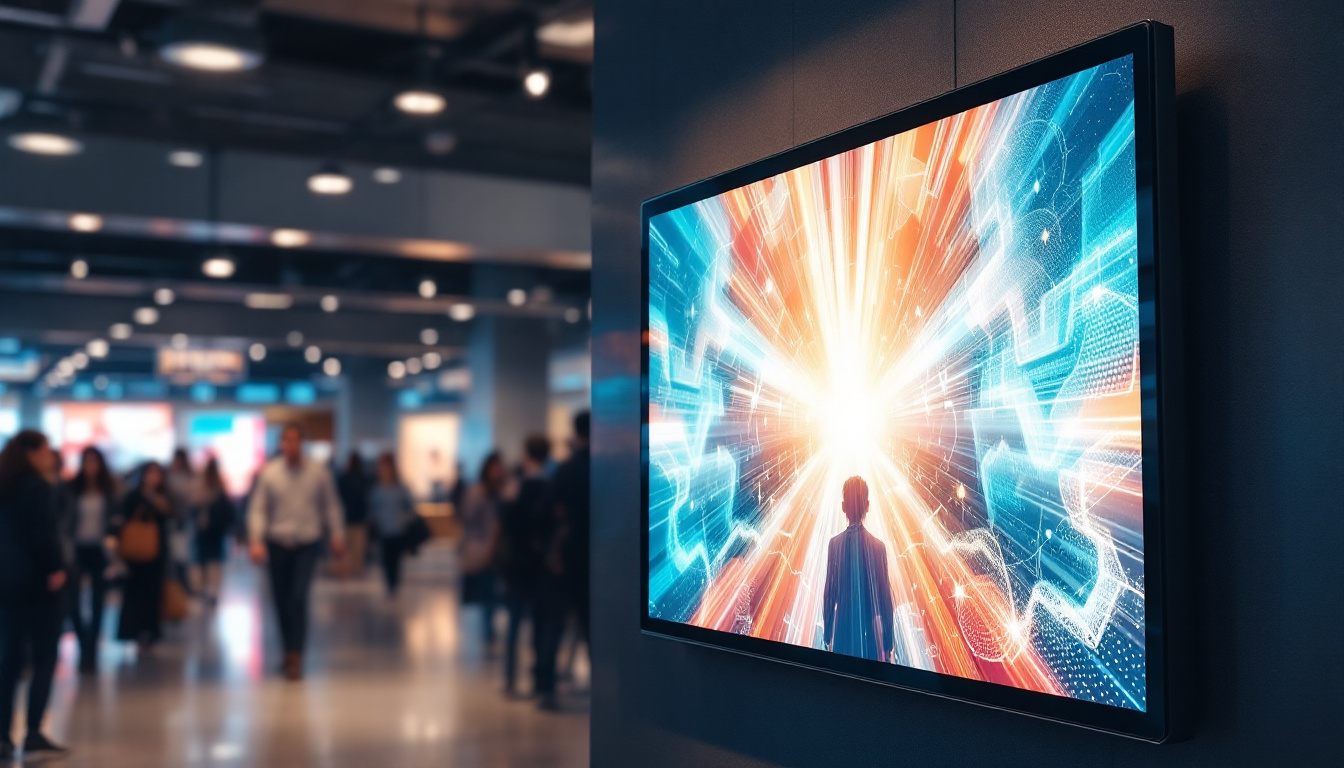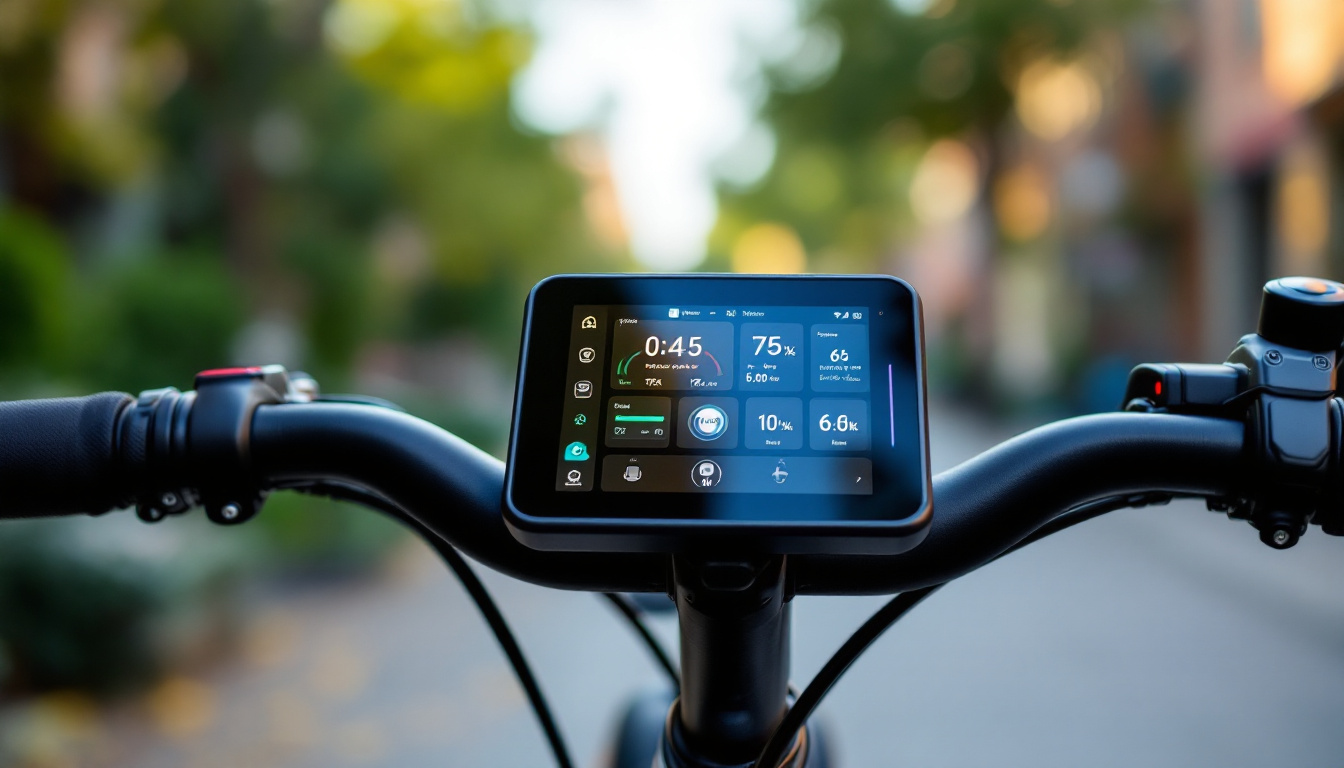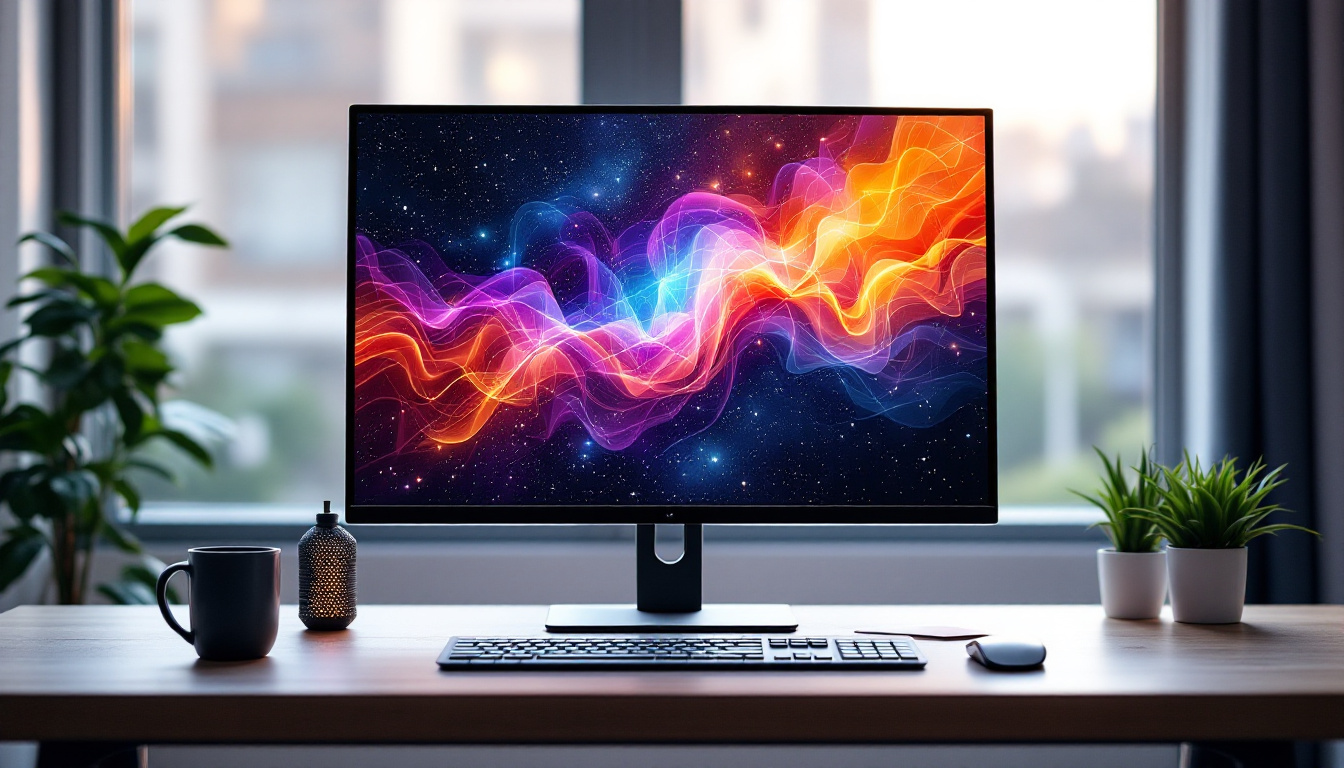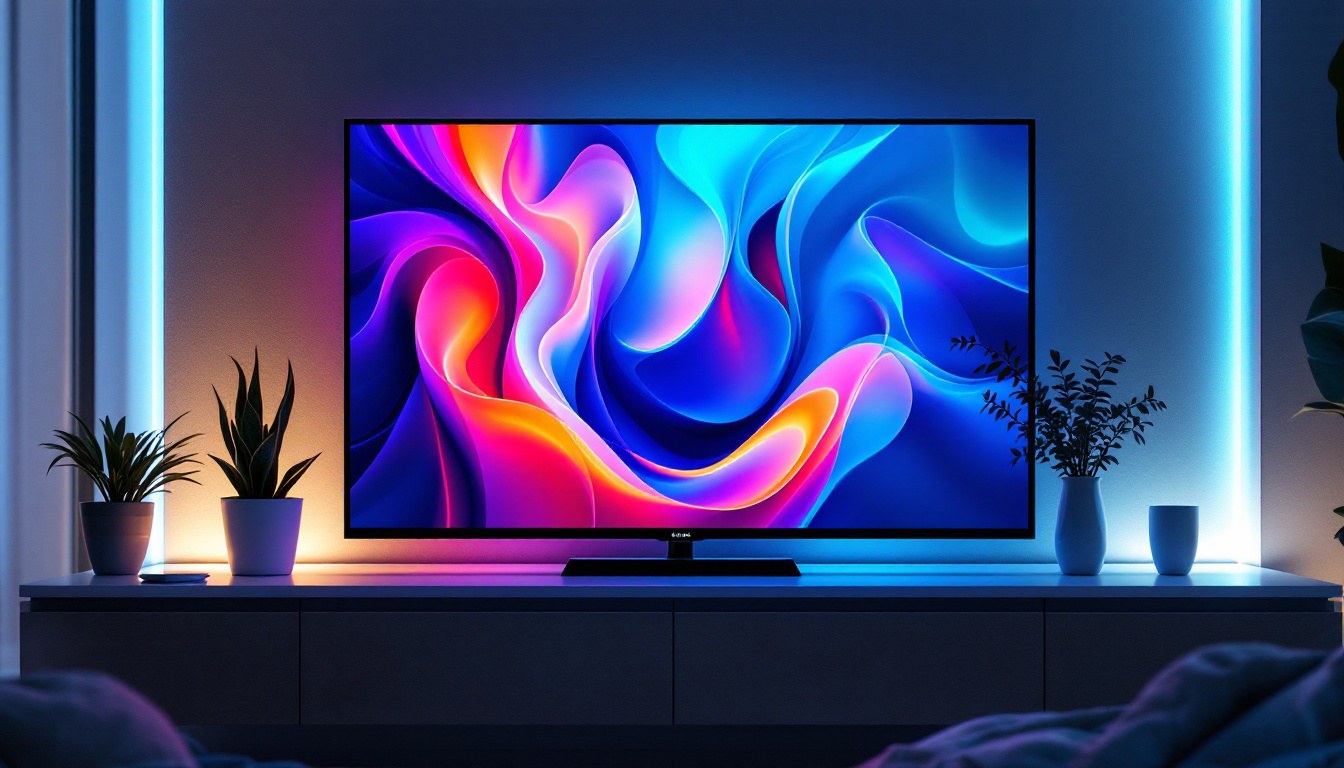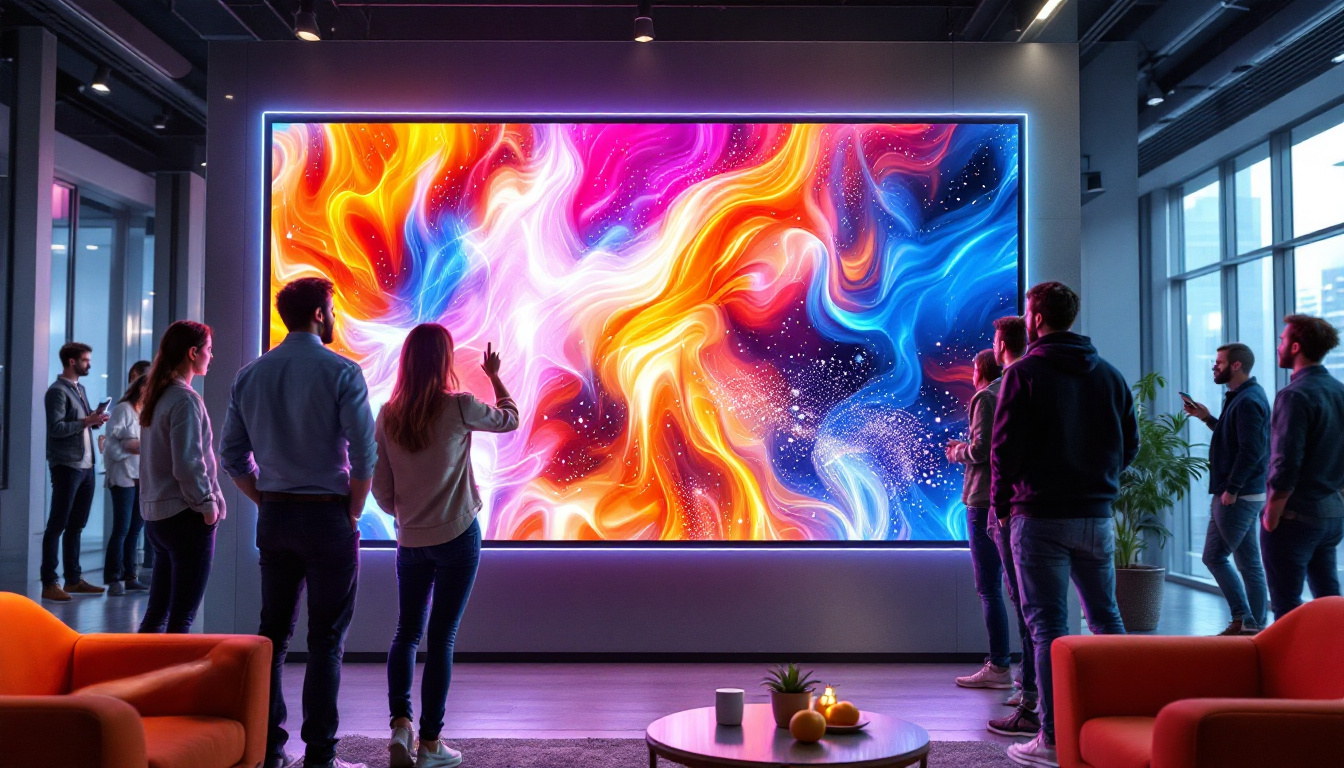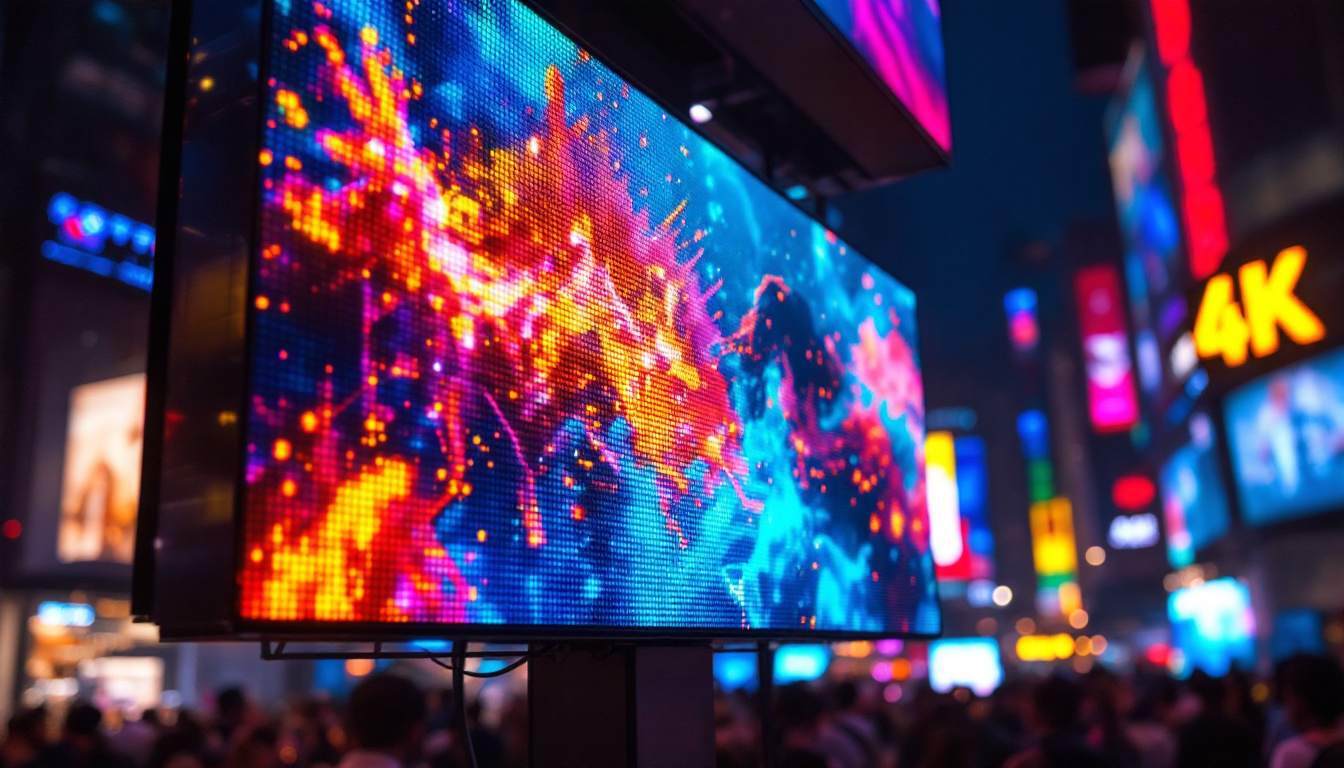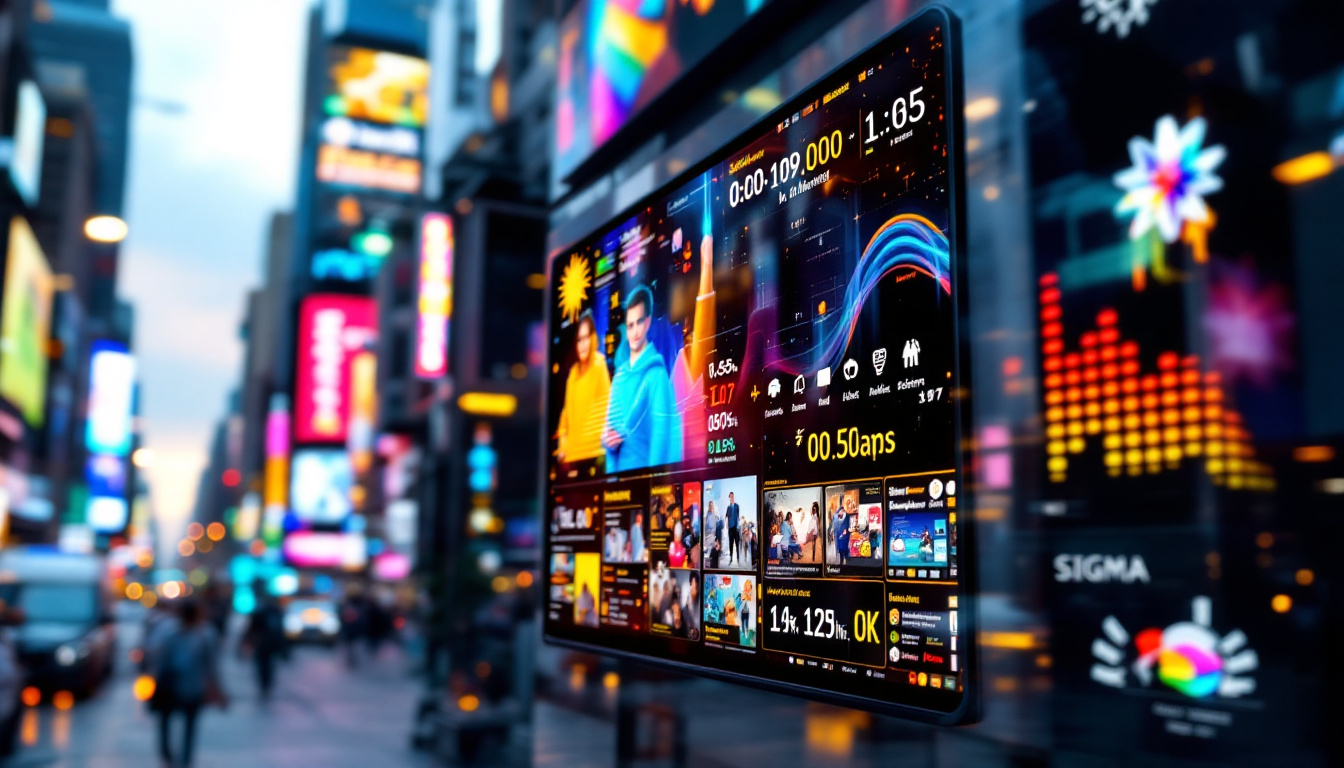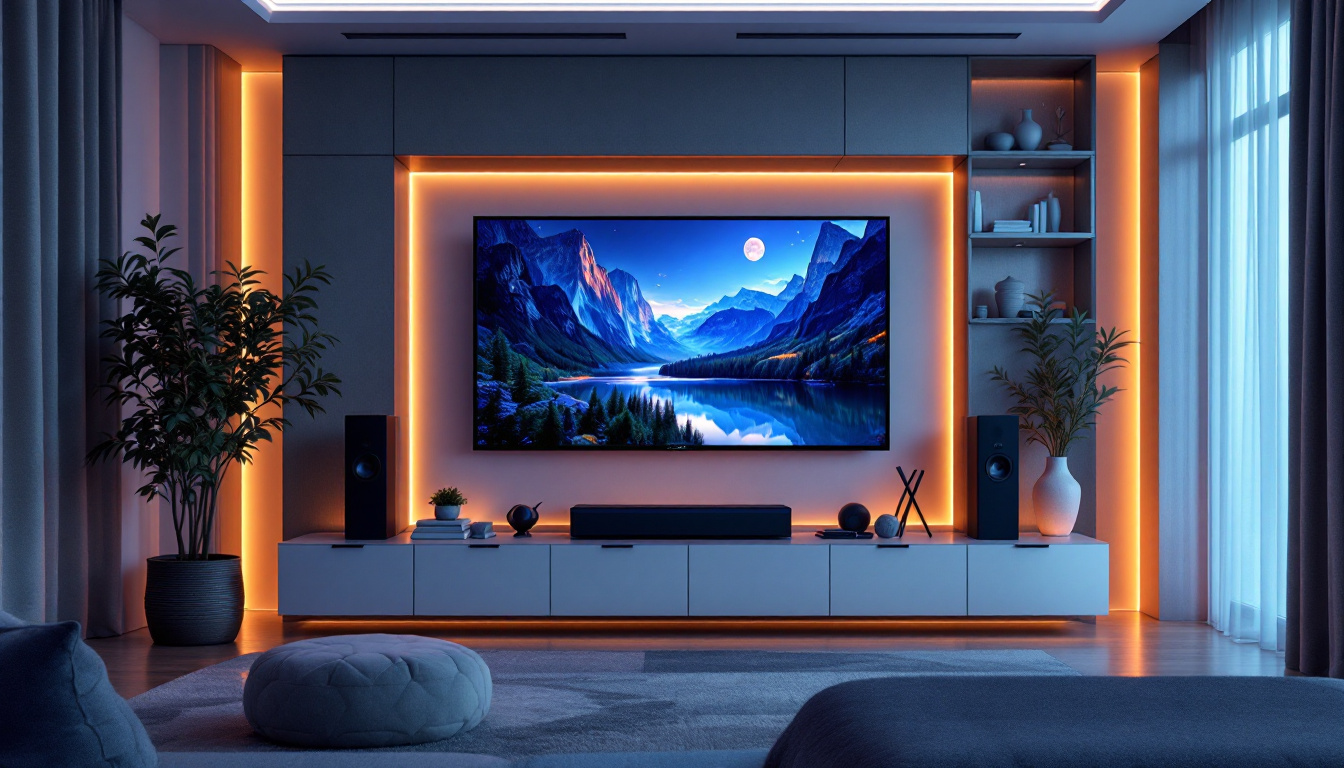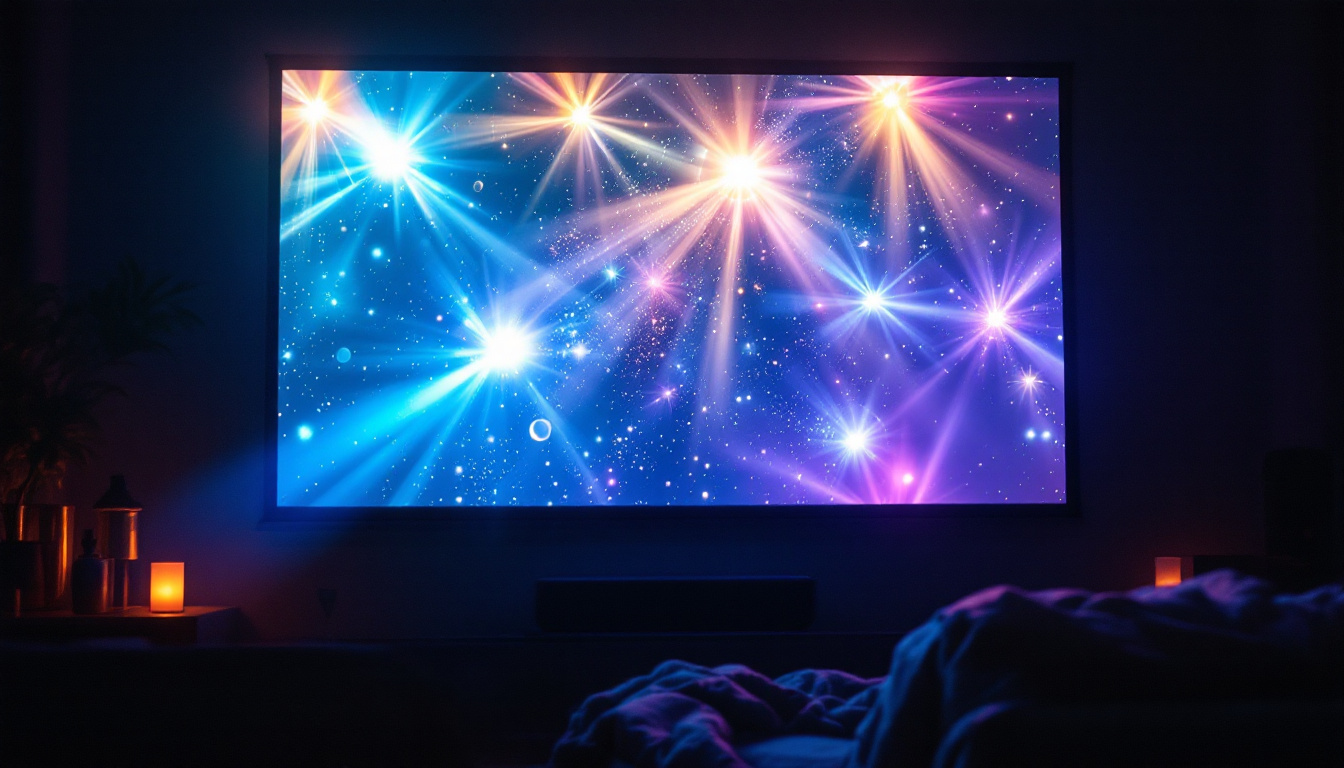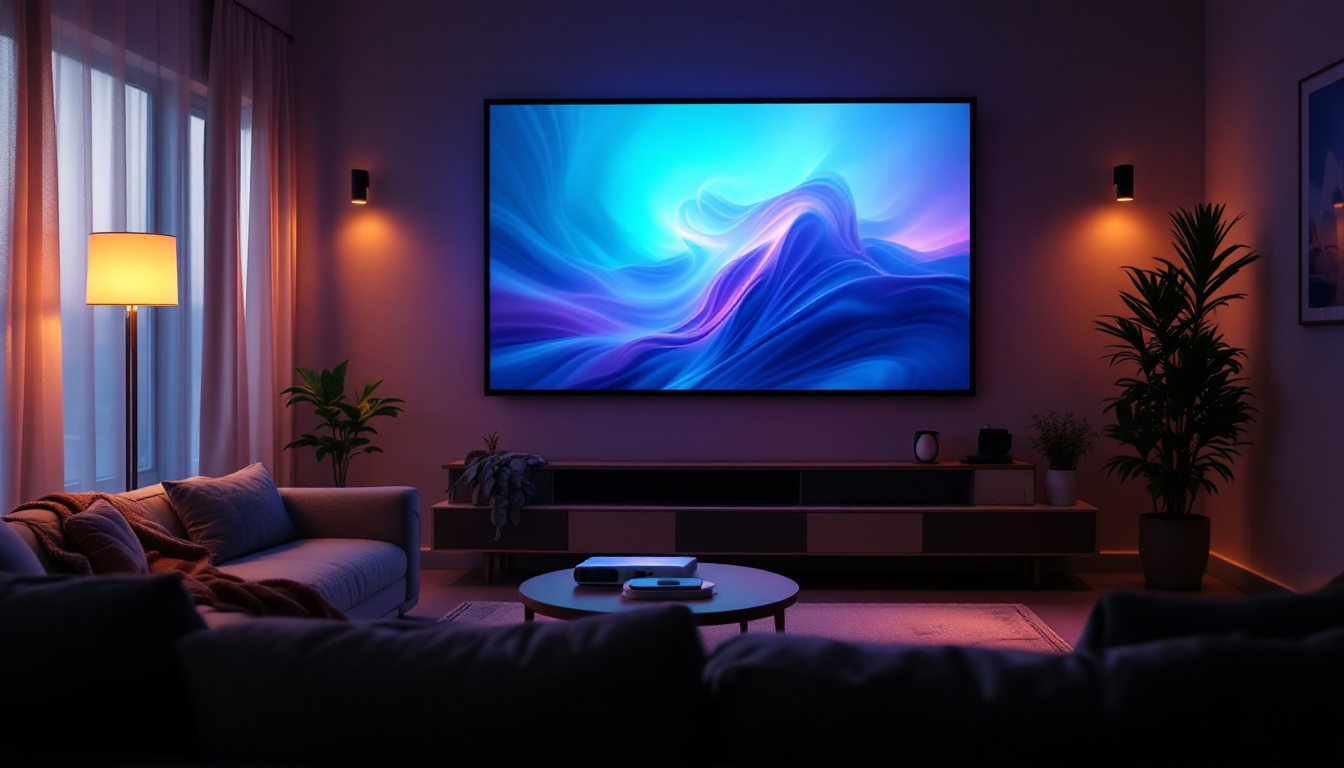In today’s digital age, video walls have become a cornerstone of visual communication for businesses, event venues, control rooms, and public spaces. The ability to create large, seamless displays that captivate audiences is a powerful tool, but understanding the pricing and technology behind LED video walls can be complex. This article breaks down the essentials of LED video walls, explores the factors influencing their price, and helps you make informed decisions whether you’re investing in one for advertising, corporate use, or entertainment.
What is an LED Video Wall?
LED video walls are large-scale display systems composed of multiple LED panels tiled together to form a single, expansive screen. Unlike traditional LCD screens, LED walls use light-emitting diodes to produce bright, vibrant images visible even in direct sunlight. This makes them ideal for both indoor and outdoor applications.
Each LED panel contains thousands of tiny diodes that emit red, green, and blue light, combining to create millions of colors. When these panels are seamlessly joined, they form a high-resolution display capable of showing dynamic content, from videos and animations to real-time data feeds.
Video walls are widely used in retail stores, stadiums, transportation hubs, corporate lobbies, and broadcast studios. Their modular nature allows for customization in size and shape, making them versatile for various environments and purposes.
Key Factors Influencing LED Video Wall Price
Understanding the price of an LED video wall requires looking beyond the sticker cost. Several technical and logistical factors influence the final investment, and knowing these can help you budget effectively and avoid unexpected expenses.
1. Pixel Pitch and Resolution
Pixel pitch refers to the distance between the centers of two adjacent pixels, measured in millimeters. It directly affects the image clarity and viewing distance. Smaller pixel pitches mean higher resolution and sharper images, especially important for close-up viewing.
For example, a 1.2mm pixel pitch LED wall will offer extremely fine detail suitable for conference rooms or control centers where viewers are close to the screen. Conversely, a 10mm pixel pitch is better suited for large outdoor billboards viewed from a distance.
Smaller pixel pitches require more LEDs per square meter, increasing manufacturing complexity and cost. As a result, the price per square meter rises significantly with higher resolution.
2. Size and Configuration
The overall size of the video wall is a major price driver. Larger displays require more LED panels, power supplies, and supporting hardware. Additionally, custom configurations—such as curved or irregularly shaped walls—can add to the cost due to specialized engineering and installation requirements.
Modular designs allow for scalability, but each additional panel adds to the cumulative price. It’s important to balance desired screen size with budget constraints and intended viewing distance to optimize investment.
3. Indoor vs. Outdoor Use
Outdoor LED video walls are built to withstand harsh weather conditions, including rain, dust, and extreme temperatures. They require rugged enclosures, higher brightness levels (often 5,000 nits or more), and weatherproof connectors, all of which increase manufacturing and maintenance costs.
Indoor LED walls typically have lower brightness requirements and less stringent environmental protection, making them more affordable. However, indoor models often prioritize finer pixel pitches for close viewing, which can offset some cost savings.
4. Brightness and Color Quality
Brightness is measured in nits, and LED walls vary widely depending on application needs. Outdoor displays often require brightness levels of 5,000 to 7,000 nits to remain visible in daylight, while indoor walls may only need 800 to 1,200 nits.
Higher brightness panels consume more power and use more advanced LED components, increasing cost. Similarly, color accuracy and uniformity are critical in professional settings such as broadcast studios, where premium-grade LEDs and calibration tools add to the price.
5. Control Systems and Software
The video wall’s hardware is only part of the equation. Control systems that manage content playback, synchronization, and remote management are essential for seamless operation. Advanced video processors, media servers, and software licenses can add thousands of dollars to the overall cost.
Some manufacturers bundle control software with the hardware, while others require separate purchases. Features such as multi-source input, real-time content editing, and networked control increase usability but also impact pricing.
6. Installation and Maintenance
Installation complexity varies based on wall size, location, and configuration. Professional installation ensures proper alignment, calibration, and safety compliance but comes at a premium. Outdoor installations may require scaffolding, weatherproofing, and electrical upgrades.
Ongoing maintenance—such as LED module replacement, cleaning, and software updates—is another cost to consider. High-quality LED walls often come with warranties and service plans, which can protect your investment but add to upfront expenses.
Typical Price Ranges for LED Video Walls
While prices can vary widely, understanding typical cost ranges helps set realistic expectations. The following estimates are based on current market data as of 2024 and reflect industry averages for mid-tier products.
Indoor LED Video Walls
Indoor LED walls with pixel pitches between 1.5mm and 2.5mm typically cost between $3,000 and $7,000 per square meter. For example, a 4×3 meter video wall (12 square meters) could range from $36,000 to $84,000, excluding installation and control systems.
Lower resolution indoor walls with pixel pitches around 3mm to 4mm are more affordable, often priced between $1,500 and $3,000 per square meter. These are suitable for retail displays and public information screens where viewers are farther away.
Outdoor LED Video Walls
Outdoor LED walls generally start at around $5,000 per square meter and can exceed $10,000 per square meter for high-brightness, fine-pitch models. A 10×5 meter billboard could therefore cost from $250,000 to over $500,000, depending on specifications.
These prices reflect the added engineering for weatherproofing, high brightness, and rugged durability. Outdoor walls also require more robust mounting structures and power management systems, further increasing costs.
Additional Costs to Budget For
- Control hardware and software: $5,000 to $20,000 depending on complexity
- Installation: 10% to 20% of total hardware cost, higher for complex or outdoor setups
- Maintenance contracts: Annual fees from $1,000 to $10,000 based on size and service level
- Content creation and management: Variable, depending on whether in-house or outsourced
Comparing LED Video Walls to Other Display Technologies
While LED video walls are popular for their brightness and scalability, it’s useful to compare them against alternatives like LCD video walls and projection systems to understand price and performance trade-offs.
LED vs. LCD Video Walls
LCD video walls consist of multiple flat-panel LCD screens tiled together. They generally offer lower upfront costs, with prices ranging from $1,000 to $3,000 per square meter. However, LCD walls have visible bezels between panels, which can disrupt the seamless appearance.
LED walls provide higher brightness, better contrast, and no bezel gaps, making them preferable for large-format, high-impact displays. They also have longer lifespans and better performance in ambient light, justifying their higher price for many applications.
LED Video Walls vs. Projection Systems
Projection systems can create large images at a lower initial cost but require controlled lighting environments and regular maintenance such as lamp replacement. They lack the brightness and durability of LED walls, especially outdoors.
For venues with ambient light challenges or outdoor use, LED video walls are often the superior choice despite the higher price. Projection remains viable for temporary setups or budget-conscious indoor environments.
How to Choose the Right LED Video Wall for Your Budget
Investing in an LED video wall is a significant decision that requires balancing technical requirements, budget, and long-term goals. Here are some practical tips to guide your selection process:
Assess Viewing Distance and Environment
Determine how close viewers will be to the screen and whether the display will be indoors or outdoors. This helps define the necessary pixel pitch and brightness levels, which are primary cost drivers.
Define Content and Usage Needs
Consider the type of content you plan to display—static images, video, live feeds—and how frequently it will change. Complex content management needs may require advanced control systems and software, affecting price.
Plan for Scalability
Think about future expansion. Modular LED walls allow you to add panels later, spreading out costs and adapting to changing needs. However, initial infrastructure should support potential growth.
Get Multiple Quotes and Evaluate Warranties
Request detailed proposals from reputable suppliers, including hardware, software, installation, and maintenance. Compare warranties and service agreements to ensure long-term support.
Consider Total Cost of Ownership
Beyond initial purchase price, factor in energy consumption, maintenance, and potential downtime. High-quality LED walls may have higher upfront costs but lower operating expenses over time.
Future Trends Impacting LED Video Wall Pricing
The LED video wall market continues to evolve rapidly, with innovations that may influence pricing and capabilities in the near future.
MicroLED and MiniLED Technologies
Emerging MicroLED and MiniLED technologies promise even higher resolution and better energy efficiency. While currently premium-priced, these technologies could become more affordable, offering enhanced image quality and durability.
Integration with AI and IoT
Smart LED walls integrated with AI-driven content management and IoT sensors enable dynamic, context-aware displays. This adds value but also complexity and cost, especially for enterprise applications.
Energy Efficiency Improvements
Advances in LED efficiency reduce power consumption, lowering operational costs. Manufacturers are also developing eco-friendly materials and designs, which may affect pricing structures.
Conclusion
LED video walls are a compelling investment for organizations seeking impactful visual communication. Understanding the factors influencing their price—from pixel pitch and size to environmental requirements and control systems—empowers buyers to make informed choices aligned with their budget and goals.
While initial costs can be significant, the versatility, brightness, and durability of LED video walls often justify the expenditure, especially for high-visibility applications. By carefully assessing needs and exploring the latest technologies, businesses can select the optimal LED video wall solution that delivers both performance and value.
Discover LumenMatrix’s Innovative LED Solutions
Ready to elevate your visual communication strategy with a state-of-the-art LED video wall? LumenMatrix specializes in a wide array of LED display modules designed to enhance brand visibility and create immersive visual experiences. Whether you need an Indoor LED Wall Display, a dynamic Outdoor LED Wall Display, or any of our other tailored solutions like Vehicle, Sports, or Floor LED Displays, LumenMatrix has the cutting-edge technology to bring your vision to life. Check out LumenMatrix LED Display Solutions today and start transforming your space into a captivating showcase of innovation.

